
How do you punish an aggressive dog for biting
When you reach for your pup’s favorite chew toy—one they’ve been growling over for 10 minutes—and feel their teeth sink into your hand, sharp and sudden, panic mixes with hurt.
I checked on my neighbor’s bulldog, Bruno, in Phoenix last August when his owner was at work, and found him sprawled on the tile floor, panting so hard his jowls shook. “He’s been like this all morning, even with the AC on low,” she texted worriedly. “I thought dogs only overheat outside—can they really get too hot indoors?” As temperatures climb into the triple digits across the U.S., many owners assume their homes are safe havens, but the truth is: Yes, dogs can absolutely overheat indoors, and understanding why could save your pup’s comfort—or even their life. Let’s break down the risks, the warning signs, and how to keep your home a cool sanctuary all summer.
Dogs overheat indoors because their bodies aren’t built to handle sustained heat like ours. Unlike humans, who sweat through skin, dogs release heat mainly by panting and through their paw pads—neither is efficient in stuffy rooms. When indoor temps hit 85°F with high humidity, their cooling systems struggle: panting becomes rapid and shallow, they can’t regulate their body temperature, and heat stress sets in. A vet in Tucson, who treats indoor overheating cases weekly, explains: “Bruno, as a bulldog, has a short snout that makes panting less effective—his body can’t expel heat fast enough, even inside. Add sunlight streaming through windows or a broken AC, and it’s a recipe for overheating.” Small spaces like apartments trap heat worse than houses, and dogs left in rooms without airflow (closed doors, blocked vents) are at even higher risk, regardless of breed.
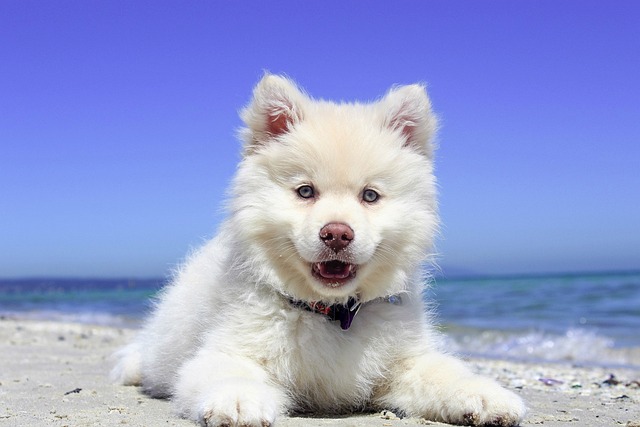
Indoor overheating comes with clear warning signs: excessive panting (more than 30 breaths a minute), drooling, lethargy, or seeking cool surfaces like tile or under beds. Severe cases show confusion, vomiting, or collapse—these need immediate vet care. To prevent it, keep your home’s temperature below 78°F; use AC if needed, as fans alone don’t cool dogs effectively (they rely on air moving over sweat, which dogs lack). Create “cool zones”: lay cooling mats (gel-filled pads work best) in shaded corners, leave bowls of ice water (refreshed hourly), and block direct sunlight with curtains or blinds. Reward your dog with praise when they use these spots—positive reinforcement makes “chilling out” feel like a win, not a chore. My cousin’s beagle, Lila, hated her cooling mat at first until treats and belly rubs turned it into her favorite napping spot.
Never leave dogs in rooms with broken AC or extreme heat, even for “just an hour”—temperatures rise fast, and brachycephalic breeds (pugs, boxers) can overheat in 10 minutes. In apartments, avoid blocking air vents with furniture, and inform your landlord immediately if AC malfunctions—many complexes have rules requiring functional cooling for pet safety (Phoenix fines $250+ for neglect). When walking, stick to early mornings to avoid pre-heating your dog’s body before they’re indoors. Don’t forget basics: keep their rabies vaccine current (required for vet visits if overheating occurs) and always carry poop bags on outdoor trips—responsible pet care extends beyond heat safety.
Bruno’s owner cranked the AC to 75°F, added a second cooling mat, and now comes home to him napping comfortably, not panting. That’s the takeaway: indoor overheating is preventable with simple steps, turning your home into a summer sanctuary where your dog stays cool, happy, and healthy—no panting required.

When you reach for your pup’s favorite chew toy—one they’ve been growling over for 10 minutes—and feel their teeth sink into your hand, sharp and sudden, panic mixes with hurt.
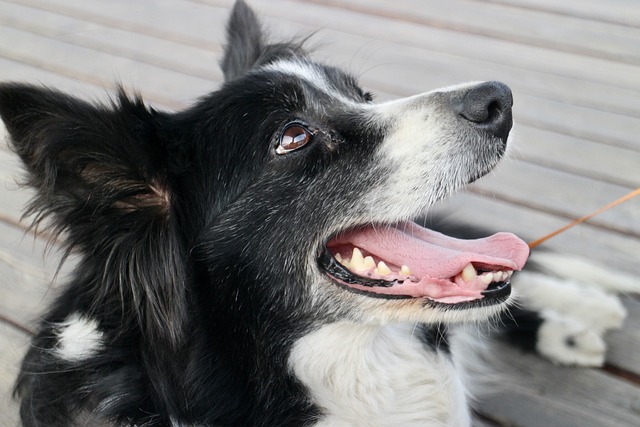
How to correct a disobedient dog? It's a frustration nearly every dog owner faces—whether it's a pup ignoring your “come” command, a adult dog jumping on guests, or a rescue with stubborn habits.
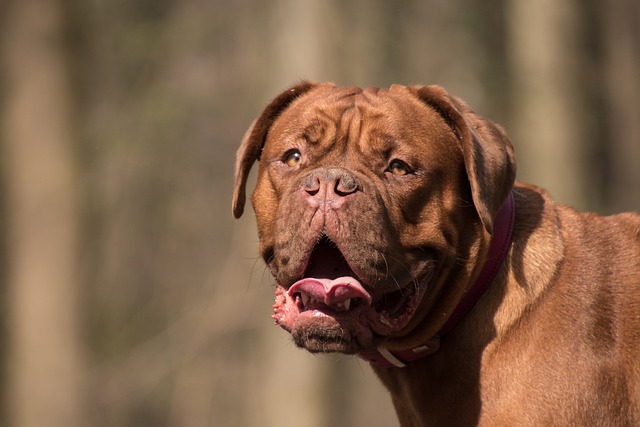
The first crackle of fireworks on Independence Day sends your pup into a tailspin—pacing, ears flattened, barking so hard their whole body shakes, as if they’re trying to scare the noise away.
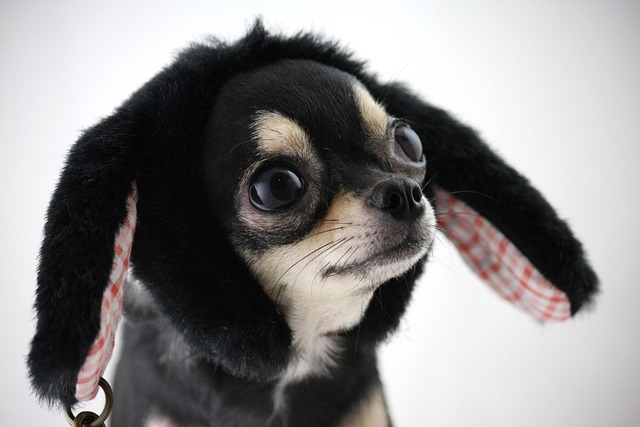
The Fourth of July backyard barbecue is in full swing when the first firework bursts—bright, loud, and sudden—and your dog explodes into a frenzy of barking
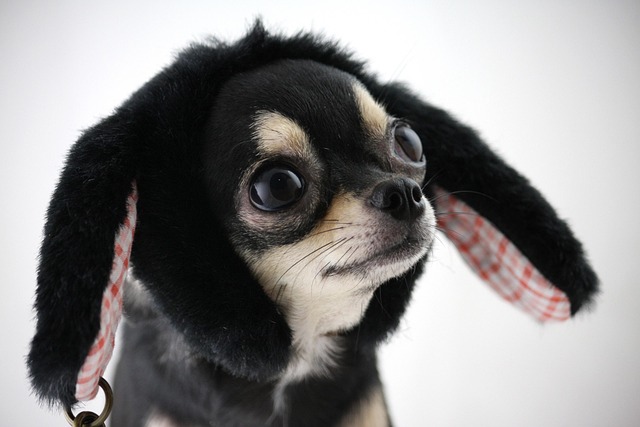
Waking up at 3 a.m. to your dog’s sharp barks, the sound echoing through your apartment, you fumble for your phone

There’s that familiar midnight struggle: you’re jolted awake by your pup’s nonstop barking at the window, the sound bouncing off your apartment walls as you check your phone